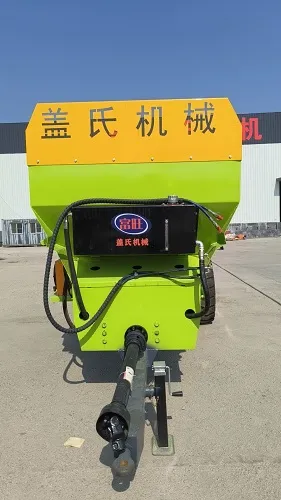Exploring the Felt Process for Creative and Unique Textile Art Techniques
The Felt Process Crafting Artistry from Fiber
The felt process is a fascinating art form that transforms raw fiber into beautiful, functional pieces through techniques that date back thousands of years. Unlike other textile processes, felting is unique in that it does not require weaving or knitting; instead, it relies solely on the unique properties of wool fibers to create a solid fabric. This article explores the felt process, its history, techniques, uses, and significance in contemporary art and craft.
History of Felting
The origins of felt can be traced to ancient civilizations, with evidence suggesting that it was first created by nomadic peoples in Central Asia. They utilized the hair of sheep (and later other animals) to produce materials that were warm, water-resistant, and durable. Some of the earliest known felt artifacts date back to around 500 B.C. in Mongolia. Throughout history, felt has been used in various cultures for garments, shelter, and ceremonial purposes, often playing a significant role in the daily lives of those who created it.
Feltmaking techniques were passed down through generations, evolving and adapting in different regions. In the Middle Ages, felt became prominent in Europe for making hats and other garments. The industrial revolution introduced new methods of fiber production and processing, but the artisanal nature of traditional felting persisted, particularly in communities that valued handmade crafts.
The Felting Process
The felt process involves two primary types wet felting and needle felting. Wet felting is the more traditional technique, involving the following steps
1. Preparation The process begins with the selection of wool. Different types of wool can produce varied textures and appearances. Raw wool is washed and carded to separate and align the fibers. 2. Layering Layers of wool fibers are laid down in crisscross patterns, typically adding several layers to achieve thickness and durability. Additional fibers can be incorporated at this stage to create designs or colors.
3. Moisture and Agitation Water and soap are applied to the layered fibers. The moisture causes the fibers to swell, and agitation (either through rubbing, rolling, or pressing) encourages the fibers to entangle and lock together. This phase is critical; the right amount of agitation and heat will lead to a dense felt fabric.
felt process

4. Shaping Once the fibers are sufficiently entangled, the material is shaped into the desired final product. This stage can involve cutting, sewing, or further manipulation of the wet felt.
5. Drying The finished piece is rinsed, removing any soap residue, and then left to dry. The result is a sturdy, flexible fabric that can be used for various applications.
Needle felting, on the other hand, uses barbed needles to entangle fibers without water. This technique allows for three-dimensional creations and is often favored for small-scale projects like sculptures or ornaments.
Applications of Felt
The versatility of felt has led to its use in numerous applications. In fashion, felt is utilized for hats, bags, and shoes, blending both aesthetic appeal and functionality. In craft, felt is popular for making toys, home decor, and educational materials. The tactile nature of felt is particularly inviting for children's toys, fostering sensory exploration and creativity.
Moreover, the contemporary art scene has embraced felting as a legitimate medium. Artists experiment with scale, texture, and color, creating large installations and intricate sculptures that challenge traditional notions of textile art. This resurgence in the popularity of felt art signifies a growing appreciation for handmade, sustainable practices in an increasingly digital world.
Conclusion
The felt process, steeped in rich history and tradition, continues to evolve as a beloved craft and art form. Its ability to transform simple fibers into complex, functional, and artistic pieces reflects the ingenuity and creativity of human expression. As we navigate modern times, the felt process serves as a reminder of the beauty of handmade crafts, encouraging us to value craftsmanship and the stories woven into every piece. Whether through creating warm garments, playful toys, or stunning artworks, feltmaking remains a celebration of innovation, tradition, and sustainability in our ever-changing world.
-
What Makes Felt a Great Choice?NewsNov.19,2024
-
Total Mixed Ration (TMR) Feed for CattleNewsNov.19,2024
-
The Ultimate Guide for Felt Polishing WheelsNewsNov.19,2024
-
Industrial Felt for Various ApplicationsNewsNov.19,2024
-
Felt Makeup Bags and Inserts BagsNewsNov.19,2024
-
Choosing the Right Hotel TowelsNewsNov.19,2024
-
Your Go-To Guide For Affordable Wholesale Wool FeltsNewsOct.31,2024







